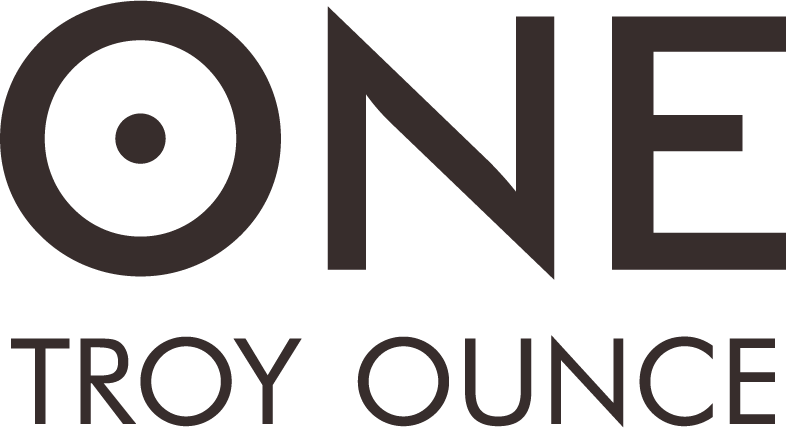Introduction: As our world becomes increasingly reliant on technology and renewable energy, the demand for silver is expected to rise. This blog post will explore whether the anticipated surge in industrial applications for silver could lead to a significant increase in its price in the coming decade.
- Growing Industrial Applications of Silver Silver is a versatile metal with numerous industrial applications. Its high electrical and thermal conductivity, reflectivity, and antimicrobial properties make it an essential component in various sectors. Some key industries that rely on silver include:
- Electronics: Silver is used in switches, connectors, and soldering materials in devices such as smartphones, computers, and televisions.
- Renewable Energy: Silver plays a crucial role in photovoltaic solar panels, which are expected to see significant growth in the coming years.
- Electric Vehicles: The automotive industry's shift towards electric vehicles (EVs) is driving demand for silver, as it is used in battery technology and various electrical components.
- Medical Applications: Silver's antimicrobial properties make it ideal for use in medical devices, wound dressings, and coatings for surfaces in healthcare settings.
- Potential Impact on Silver Prices The growing demand for silver in these industries could potentially lead to an increase in its price over the next decade. Several factors contribute to this possibility:
- Supply Constraints: Silver is often mined as a byproduct of other metals, which means its production is not as responsive to price fluctuations as primary silver mines. This could lead to supply constraints if demand surges.
- Inventory Levels: Low inventory levels for silver may exacerbate supply constraints and contribute to price increases.
- Investment Demand: As the demand for silver in industrial applications grows, investment demand may also rise, further driving up the price.
- Historical Examples Throughout history, there have been instances where increased demand for metals led to significant price increases. One example is the spike in copper prices in the early 2000s, driven by increased demand from China and constrained supply. Another example is the rise in rare earth element prices in the late 2000s and early 2010s, driven by the growing demand for these elements in high-tech applications.
- Silver Usage by Market and Future Projections as of September 2021, the distribution of silver usage across various industries highlights the metal's versatility. Approximately 46% of silver demand came from industrial applications, 20% from jewellery, 20% from silverware, and 14% from investment purposes. Within industrial applications, the electronics sector accounted for nearly half of the demand, followed by renewable energy and electric vehicles. According to some estimates, over the next decade, the demand for silver in photovoltaic solar panels is expected to more than double, and the electric vehicle industry's silver consumption could increase by approximately 5-10 times. As the world continues to transition toward clean energy and new technologies, the demand for silver in industrial applications will likely shift, with renewable energy and electric vehicles becoming even more significant contributors to overall silver demand. This anticipated change in silver consumption could further contribute to the potential increase in silver prices.
The increasing demand for silver in various industrial applications, coupled with potential supply constraints and growing investment interest, could lead to a substantial increase in silver prices over the next decade. However, predicting the exact trajectory of silver prices is challenging due to various factors, including changes in technology, mining practices, and market forces. Investors should remain aware of these trends and their potential impact on silver prices when considering their investment strategies.
